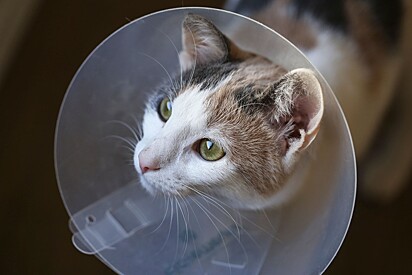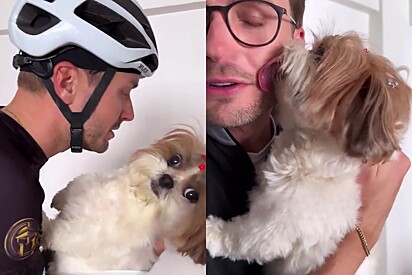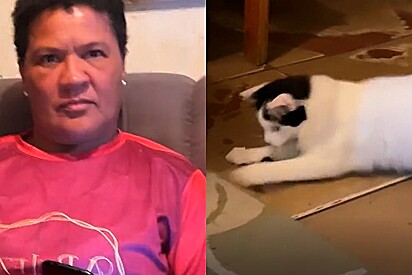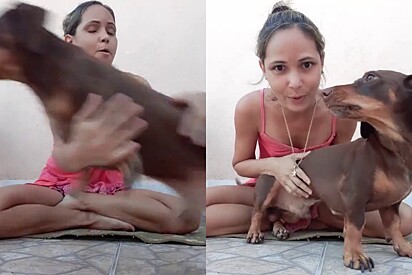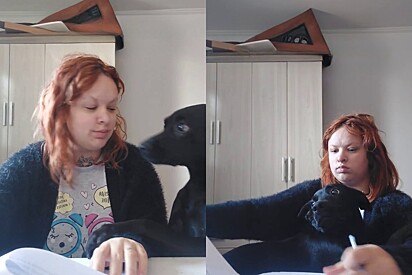How to Bandage a Neutered Cat? A Veterinarian Answers Common Questions
By Gabriele Tancredo Stella in CatsAlthough it’s a routine procedure in veterinary practice, neutering a cat is still a surgical operation. That means pet owners must carefully follow both pre- and post-operative care instructions—including wound care. With that in mind, Amo Meu Pet (our Brazilian websirte about pet news) spoke with veterinarian and One Health master’s student Brunna Ferreira to answer the most common questions from cat owners.
First, Brunna highlights that owners must follow pre-operative procedures, taking into account the surgical technique and anesthetic protocol used on the animal.

“In general, the animal must be healthy and have its vaccinations and endo- and ectoparasite treatments up to date for at least 15 days. Food and water fasting must be followed according to the veterinarian’s instructions,” she explains.
For post-operative care, the veterinarian recommends using an Elizabethan collar (cone) or surgical clothing to protect the healing process.
“Their use is important to ensure proper healing of the surgical wound, as they prevent the animal from scratching the area,” Brunna explains.
How to Bandage a Neutered Cat?
After being discharged from the clinic, Brunna says that wound cleaning and its frequency must follow the instructions of the veterinarian in charge.
“If needed, the area should be gently cleaned with gauze soaked in a bactericidal antiseptic, such as chlorhexidine, and then dried. The surgical wound should remain fully covered with a dressing made of clean gauze and microporous tape,” she advises.
She also emphasizes that any procedure performed by the owner on the wound area must be done with properly cleaned hands. “Scabs on the wound should never be removed, as this could delay the healing process.”
What Should Be Avoided?
As with any surgical procedure, the post-operative period for cats requires extra care. In addition to rest, Brunna recommends that the cat be kept indoors and have limited interaction with other pets in the home.
“Both interaction with other animals and typical feline behaviors—such as short runs and play—must be carefully supervised. It’s important to prevent jumping and climbing during the first week,” she warns.
Brunna also suggests that owners monitor the cat’s diet to detect any decrease or change in appetite.
“Monitoring the cat post-operatively allows the owner to spot signs of pain. If any signs are noticed, they should be reported to the veterinarian immediately,” she concludes.


